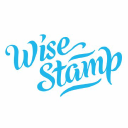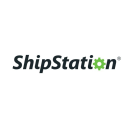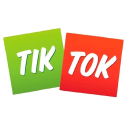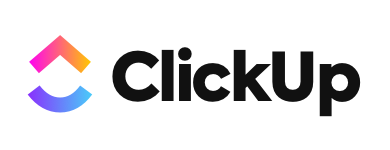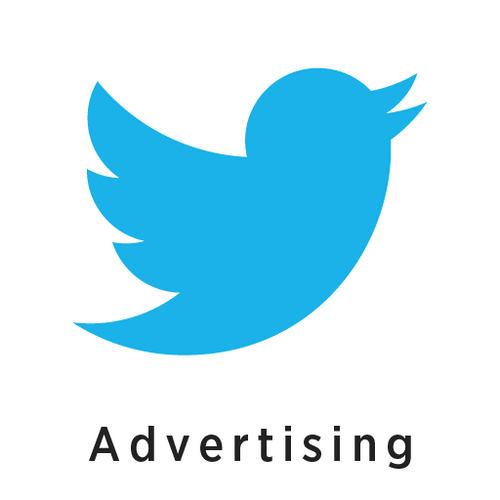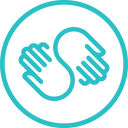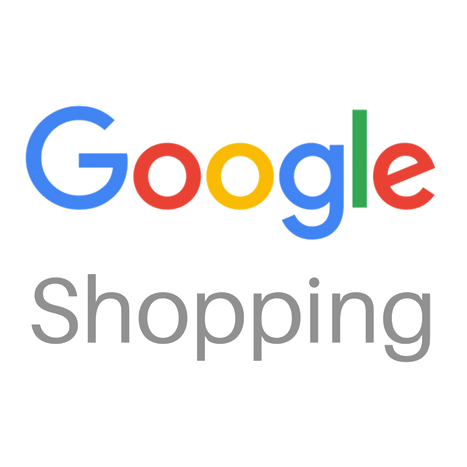How I Disrupted The Cycling Industry And Grew My Business To $300K/Year
Hello! Who are you and what business did you start?
Hey Starter Story. My name is Brian De Groodt and I’m the founder of Dispatch Custom Cycling Components. Our customers are some of the most passionate cyclists in the world and we allow them to make their bicycle one-of-a-kind with our customizable headset caps, bar-end plugs, and other tailored additions to their bicycles.
Our flagship product is a laser-engraved bicycle headset (or stem) cap that we make for our customers with our artwork or custom text. It’s the ultimate bike-bling! Our customers use them as motivation during their rides–or as reminders of what they are riding for. We’ve even been privileged to engrave a couple of marriage proposals on headset caps—which is pretty cool to think we played a part in someone’s future like that.
We celebrated 5 years of business in 2022 and count over 20,000 cyclists who have made their bicycles one of one instead of many millions. This year we’ll do over $300,000 and grow our business by approximately 40% vs 2021.

Download the report and join our email newsletter packed with business ideas and money-making opportunities, backed by real-life case studies.

Download the report and join our email newsletter packed with business ideas and money-making opportunities, backed by real-life case studies.

Download the report and join our email newsletter packed with business ideas and money-making opportunities, backed by real-life case studies.

Download the report and join our email newsletter packed with business ideas and money-making opportunities, backed by real-life case studies.

Download the report and join our email newsletter packed with business ideas and money-making opportunities, backed by real-life case studies.

Download the report and join our email newsletter packed with business ideas and money-making opportunities, backed by real-life case studies.

Download the report and join our email newsletter packed with business ideas and money-making opportunities, backed by real-life case studies.

Download the report and join our email newsletter packed with business ideas and money-making opportunities, backed by real-life case studies.





